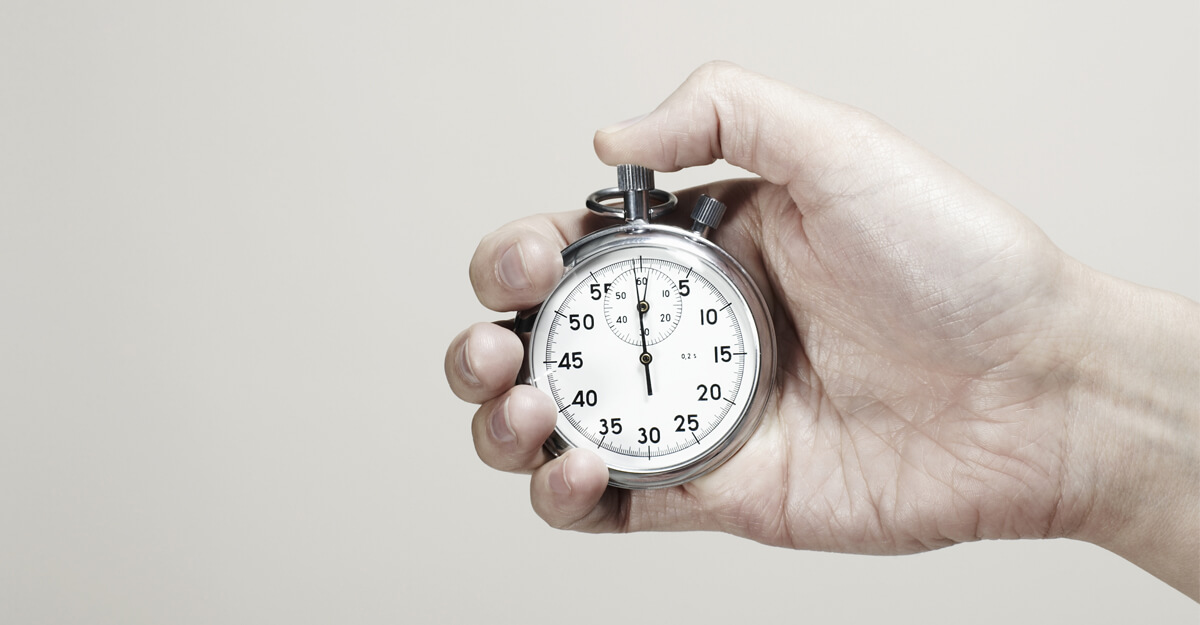Whether you’ve been in wound care for many years, or are a newcomer to the field, you have likely heard the terms TIME and maybe TIMERS.
The two words are acronyms pertaining to clinical categories related to comprehensive wound assessment, management and wound bed preparation for hard-to-heal wounds, said Donald Wollheim, MD, FAPWCA, WCC, DWC, a board-certified surgeon of the American Board of Surgery and clinical instructor with the Wound Care Education Institute (WCEI).
When it comes to wound bed preparation, you want to use a two-pronged approach, said Wollheim.
“First, you need to get rid of what is slowing/delaying the healing of the wound. Second, you want to help stimulate the wound to heal.”
With regards to wound care and healing, the term TIME is the older term and was used first. It was created in 2002 by a team of 10 wound care clinicians. Their new concept provided a framework for managing chronic wounds.
They discussed their new model for wound management in their article, “Wound bed preparation: a systematic approach to wound management.” It appeared in the Journal of Wound Repair and Regeneration in March 2003.
What does the acronym TIME mean?
Since 2003, TIME had become the go-to acronym for wound care.
“Essentially, TIME and TIMERS provide a check-off list for clinicians,” Wollheim said. “Each letter stands for a specific aspect of wound assessment and management regarding wound bed preparation.”
First, the definition of TIME:
- T: Tissue management
- I: Inflammation and Infection
- M: Moisture balance
- E: Epithelial Edge
Updating to the TIMERS wound care checklist
Flash forward to 2018. Another consensus panel of wound care experts convened to reevaluate the concepts of their clinical pathway for wound management, known as TIME. Two clinicians took part in both the 2002 and 2018 panels, said Wollheim.
“The panel felt there needed to be an increased focus on additional elements that contribute to chronic wounds, which they said are best described uniformly, as hard-to-heal wounds.”
“The consensus panel felt two components were missing from the current wound management framework, called TIME. By adding two more categories to their clinical checklist for wound management, it could capture other factors that also contribute to delayed healing for many patients.”
The 2018 consensus panel recommended updating the term, TIME to TIMERS, adding:
- R: Regeneration and Repair of tissue
- S: Social factors
The consensus panel published their new recommendations in 2019, in an article titled,”Implementing TIMERS: The race against hard-to-heal wounds.” The story was published in the Journal of Wound Care.
Learning more about the use of each category in TIMERS wound care can provide a useful and structured approach to wound bed preparation and wound management that helps patients, said Wollheim.
“The goal for wound care clinicians is to heal a wound as quickly and painlessly as possible,” he said.
Wollheim provided additional insight on each category of the TIMERS wound care acronym below.
Tissue management
Removing nonviable tissue with the use of debridement, and choosing the appropriate debridement method to achieve its effective removal.
Inflammation and infection
Questions to ask:
- Is there an infection present in the wound?
- If so, what type of organisms?
- Is it a bacteria and/or a fungus?
- Is biofilm present?
- Once an organism is identified, you’ll want to treat accordingly with the right local treatment, with or without systemic medications.
Moisture balance
Maintaining moisture balance in the wound is important.
- Is the wound too dry? If the wound is too dry, you want to add moisture.
- Is the wound too moist? If it’s too moist, you want to control it and decrease excess moisture and exudates.
Epithelial edge
- Does the epithelial edge cross over the wound?
- Is it keratotic?
- Is there epibole?
- What can you do to facilitate the advancement of the wound edge?
Regeneration and repair of tissue
You want to influence and improve the trajectory of wound closure.
- How can you reduce the effects of proinflammatory cytokines?
- What can be done to encourage regeneration and/or repair of the wound?
Determine the appropriate therapy. Some examples include stem cells, growth factors and oxygen.
Social factors
Patients and their caregivers may not understand their disease process. It’s important to assess their level of health literacy, then provide education with the appropriate methods that facilitate the learning process.
Other important social factors to assess include:
- Does the patient suffer from depression?
- Does the patient have cognitive impairment/dementia?
- What is their geographical location? Are they too far from their care providers?
- Do they have transportation to get to and from medical appointments?
- Does the patient have financial constraints that impinge on his or her ability to obtain durable medical supplies, medications, or go to scheduled medical appointments?
Learn more about wound care in our courses on skin management and diabetic wound management.
What do you think?

